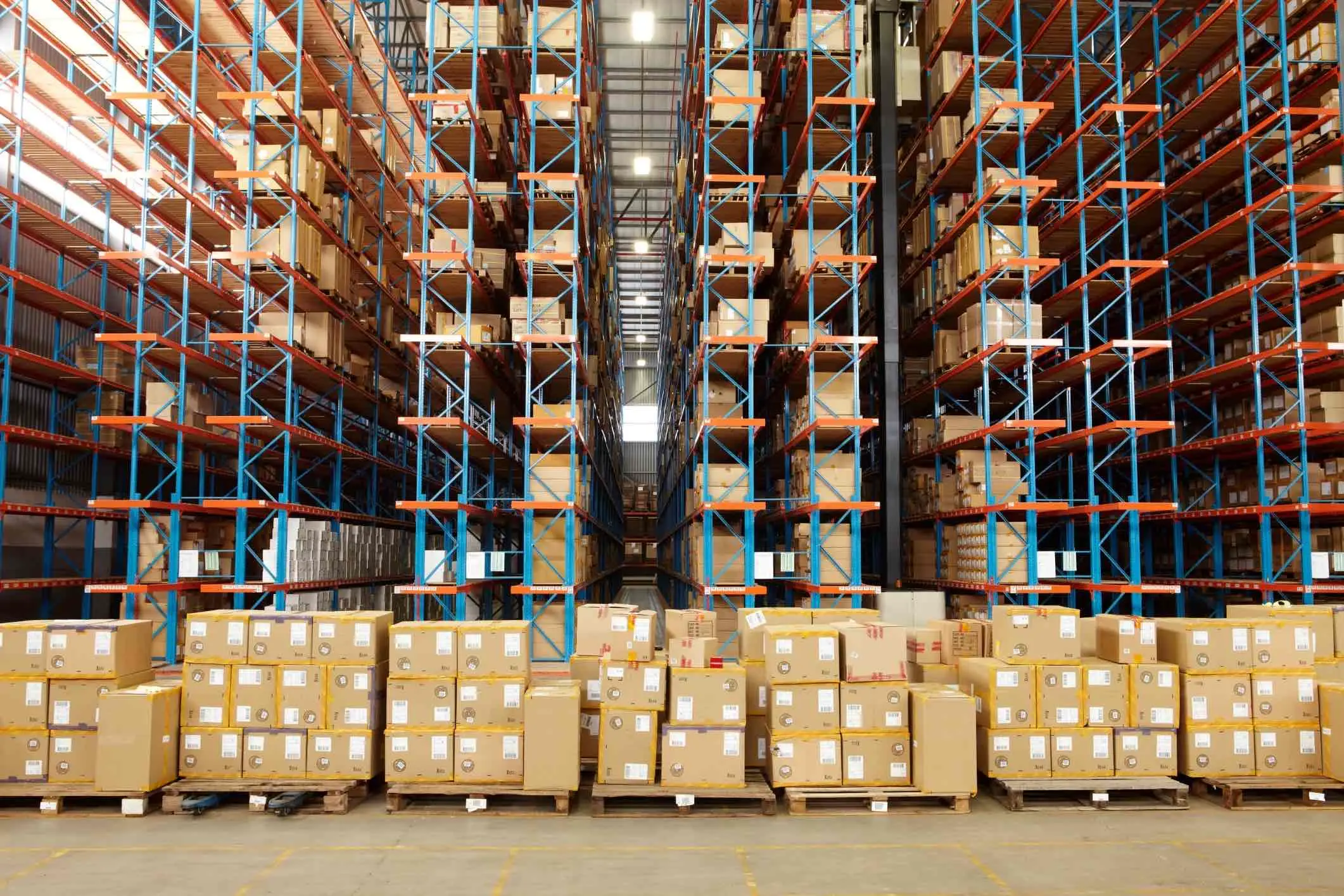Global Trends Shaping Cross-Border E-Commerce in 2025

Cross-border e-commerce is reshaping how you shop and sell globally. The first quarter of 2025 marks a pivotal moment for growth, driven by innovation and consumer-focused strategies. E-commerce platforms now connect small businesses to international markets. Technological advancements like AI and IoT continue to revolutionize logistics, ensuring faster and more accurate deliveries.
Key Takeaways
AI helps make shopping more personal. Companies can study customer data with AI to give better suggestions, making shoppers happier and increasing sales.
Easy international payments are important for global buying. Businesses should use new tools like blockchain to make payments safer and cheaper.
Being eco-friendly is important in shipping. Companies can cut pollution by planning better routes and using green methods, matching what customers care about.
Key Trends Driving Cross-Border E-Commerce

Personalization and AI-Driven Shopping Experiences
Personalization has become a cornerstone of cross-border ecommerce. You now expect tailored shopping experiences that cater to your unique preferences. AI plays a pivotal role in delivering these experiences. It analyzes vast amounts of data to predict your behavior and recommend products that align with your interests. For instance:
Sephora uses AI chatbots on social media to provide personalized product suggestions.
Walmart employs dynamic pricing algorithms to adjust prices in real-time, ensuring relevance and boosting revenue.
Over 70% of consumers anticipate immediate feedback from brands on social media. AI enables businesses to meet this expectation by automating interactions and tailoring content for diverse global audiences. Companies like Pizza Hut Taiwan have leveraged AI to segment customers based on real-time intent, resulting in higher conversion rates through timely offers. Personalized shopping experiences not only enhance customer satisfaction but also drive the expansion of B2B cross-border ecommerce.
Seamless Cross-Border Payments for Global Transactions
Seamless cross-border payments are essential for the global ecommerce market. Advanced technologies like blockchain and APIs have revolutionized payment systems. Blockchain enhances security and reduces costs, while APIs provide real-time visibility into foreign exchange rates. Recent innovations include:
The One-Leg Out Instant Credit Transfer, enabling instant transfers with minimal regional restrictions.
Project Nexus, which aims to create a unified payment system across multiple Asian countries.
The global transition to ISO 20022 standards, improving automation and interoperability.
Despite these advancements, businesses face challenges like managing multiple currencies and fluctuating exchange rates. A robust technology infrastructure ensures secure and reliable processing, making seamless cross-border payments a reality for international growth.
Sustainability and Eco-Friendly Logistics Solutions
Sustainability and eco-friendly logistics are reshaping global e-commerce. The logistics sector contributes significantly to greenhouse gas emissions, but innovative practices are reducing this impact. Companies optimize transportation routes, adopt alternative fuels, and use electric vehicles to lower emissions. For example:
Amazon plans to use zero-emission fuels for 10% of international shipments by 2030.
DHL Group aims to electrify 60% of last-mile delivery vehicles by 2030.
Eco-friendly logistics also focus on minimizing packaging waste and implementing recycling programs. These efforts align with evolving consumer preferences for sustainable practices, making them a key driver of growth in cross-border ecommerce.
Challenges in Cross-Border E-Commerce
Navigating Regulatory Compliance and Trade Barriers
Navigating regulatory changes and compliance in cross-border e-commerce can be daunting. Each country enforces unique laws, creating a maze of requirements for businesses like yours. For example:
You must adhere to data privacy laws such as GDPR in Europe, CCPA in California, or PIPEDA in Canada.
Customs compliance demands accurate documentation, including proper descriptions of goods and invoices.
Failing to meet these standards can lead to fines, legal disputes, or delays in global trade. Staying informed about regulatory changes is essential. Understanding trade agreements and leveraging them effectively can help you reduce costs and avoid penalties. Additionally, achieving end-to-end visibility in your supply chain ensures you can respond proactively to compliance demands.
Managing Supply Chain Disruptions in a Globalized Market
Global trade faces constant disruptions, and cross-border e-commerce is no exception. Geopolitical tensions, such as the U.S.-China trade war, have imposed tariffs on over $500 billion worth of goods. Export restrictions involving countries like Russia have also impacted supply chains for technology firms. These challenges highlight the importance of efficient supply chain management.
You can mitigate risks by diversifying suppliers and nearshoring operations to reduce cycle times. Regular stress testing of your supply chain can uncover vulnerabilities. Building inventory buffers and tracking freight carrier metrics ensures you stay prepared for unexpected disruptions. Proactive strategies like these safeguard your operations and maintain customer satisfaction.
Addressing Data Privacy and Cybersecurity Concerns
Data privacy and cybersecurity remain critical in cross-border e-commerce. Cybercriminals often target online platforms, leading to data breaches that harm your reputation and finances. Varying data protection laws across countries add complexity to compliance. For instance, GDPR violations can result in fines of up to €20 million, while CCPA violations may cost $7,500 per intentional breach.
To protect your business, you should implement multi-factor authentication and real-time fraud detection systems. Educating customers about online security best practices also strengthens trust. Establishing a cross-border cybersecurity policy ensures your operations comply with global regulations, safeguarding sensitive data and maintaining customer confidence.
Strategies for Adapting to Cross-Border E-Commerce Trends

Leveraging Advanced Technology for Operational Efficiency
Technology plays a vital role in streamlining cross-border e-commerce operations. Modern supply chain visibility tools allow you to track shipments in real-time, offering a clear view of your logistics. This transparency helps you identify bottlenecks and make data-driven decisions to improve efficiency. Companies like DHL and FedEx use IoT devices and Big Data analytics to optimize their supply chains. IBM’s TradeLens platform employs blockchain to enhance security and collaboration among shipping stakeholders. By adopting these technologies, you can reduce delays, improve accuracy, and ensure smoother global trade operations.
Forming Strategic Partnerships for Global Reach
Strategic partnerships can help you expand your e-commerce business into new markets. Collaborating with local distributors or logistics providers diversifies your operations and reduces risks. For example, partnerships allow you to access a broader customer base, lower costs through economies of scale, and enhance brand recognition. A global presence not only boosts revenue but also strengthens your competitive edge. By forming alliances, you can navigate complex trade regulations and establish a foothold in diverse regions.
Localized Branding and Marketing for Diverse Markets
Localization is essential for connecting with customers in different markets. Tailoring your branding and marketing strategies to local cultures and preferences builds trust and engagement. Companies like Netflix and Airbnb excel at this by offering localized content and personalized experiences. Coca-Cola’s “Share a Coke” campaign, which used local names, is another great example. Adapting your products, language, and promotions to fit regional tastes ensures your e-commerce brand resonates with global audiences.
Prioritizing Sustainability in Supply Chain Operations
Sustainability is no longer optional in cross-border e-commerce. Consumers increasingly prefer businesses that prioritize eco-friendly practices. You can reduce your environmental impact by optimizing transportation routes, using renewable energy, and partnering with sustainable suppliers. Many companies now focus on waste management by reusing and recycling materials. These efforts not only minimize harm to the environment but also positively impact local communities. By adopting sustainable practices, you align with consumer values and contribute to a greener global trade ecosystem.
Enhancing Customer Experience with AI and Data Insights
AI and data insights are transforming how you interact with customers. AI tools analyze customer behavior to provide personalized recommendations and improve satisfaction. For instance, Alibaba uses AI to optimize delivery estimates and streamline customs clearance. Real-time fraud detection systems also protect your customers and build trust. By leveraging AI, you can enhance the shopping experience, increase loyalty, and drive growth in cross-border e-commerce.
Utilizing JUSDA’s China-Europe Express Rail for Efficient Logistics
Efficient logistics are critical for cross-border e-commerce success. JUSDA’s China-Europe Express Rail offers a faster and more cost-effective alternative to traditional shipping methods. This service delivers goods between China and Europe in just 15-20 days, balancing speed and affordability. It supports a wide range of products, including electronics, clothing, and medical supplies. By leveraging JUSDA’s expertise in customs operations and intercontinental logistics, you can ensure timely deliveries and reduce supply chain disruptions. This innovative solution helps you optimize your operations and meet the demands of global trade.

JUSDA Solutions
To provide you with professional solutions and quotations.
The transformative trends in cross-border e-commerce for 2025 highlight significant opportunities for growth. These include the rise of digital consumers, advancements in logistics and payment systems, and emerging market potential. Proactively adapting to these changes allows you to foster customer loyalty, anticipate trends, and deliver personalized experiences. Embrace innovation to thrive in the evolving e-commerce landscape.
See Also
Exploring Supplier Dynamics in Global E-commerce Innovations
Five Key Trends Shaping Future Supply Chain Effectiveness
The Importance of Supply Chain Transparency in Global E-commerce
Transforming Logistics: The Future of Digital Technology Integration
Addressing Global Supply Chain Growth Challenges Effectively
